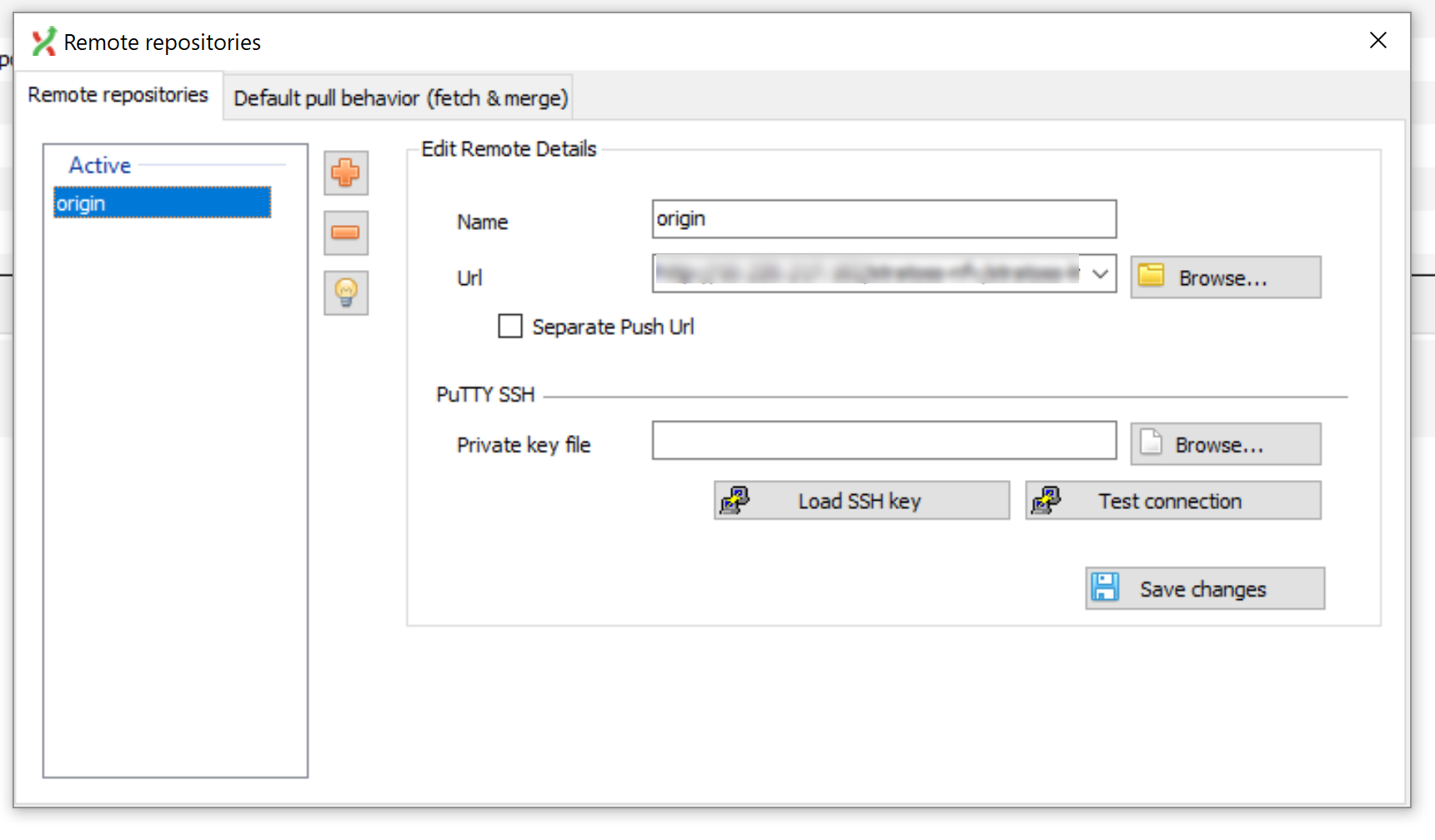Main Menu
Russkie Shrifti Adobe After Effects
вторник 04 декабря admin 14
Encoding in After Effects and Premiere is rarely a 100% GPU function - some encoding function can be passed over to the GPU, but the grunt work is still performed by the CPU.
What can you do with Adobe After Effects? A lot, actually! Let’s take an in-depth look at this exciting video compositing application. Video enhancer free download. Top image via There are few programs in the world capable of producing stunning works of visual art like Adobe After Effects. However, if you’re new to Adobe After Effects, you might be a little confused about what AE can do. To clear up some of the confusion, we’ve put together this post explaining the creative and technical possibilities of Adobe After Effects. If you have any questions about what you can do in After Effects, I’m more than happy to answer them in the comments below. So, What Can You Do With Adobe After Effects?
With Adobe After Effects you can create, composite, and stylize 2D footage layers in 3D space. Adobe After Effects serves a different role depending on the users needs. For example, an indie VFX artist might only use After Effects for compositing 3D rendered footage. A video editor might use After Effects more for title design, and an animator might use it for creating 2D cartoon characters. The reason why so many people have trouble defining what After Effects does is simply due to the fact that it does so many things — and does them well. It should be noted that while After Effects is an incredible software, it isn’t ideal for editing footage.
This is mainly due to the fact that it doesn’t have the same playback capabilities or layout as a video editing application. In an editing context, Adobe After Effects is usually used to apply effects after your footage has been roughly edited.
Is the name making sense now? Image via Despite being highly functional, After Effects is actually very simple in the way it’s structured. Just like every video editing application in the world, After Effects uses a layer system. The best way to think about this is to picture a stack of paper. The paper on bottom won’t show up because of the paper above it. That is, of course, if you’re working in a 2D composition.
If you set your layers to 3D, you can bring them in front of other 3D layers if they are closer to your camera in 3D space. If that sounds confusing, just check out the example below. As the layer moves past the background layer toward the camera, it becomes visible. When it goes behind the background, it becomes obscured. What Do Most People Use After Effects For? The Effects Library The thing that really sets After Effects apart from all the other video applications is its vast effects library.
There are literally hundreds of built-in effects that can be combined to create an unlimited number of creative possibilities. This might sound a little too good to be true, but in After Effects — if you can dream it, you can do it. Let’s take a look at a few of the effects categories included in Adobe After Effects. Simulation Effects There are 18 simulation effects built into Adobe After Effects. These simulation effects can be used to create anything from rain to hair. All of these effects are completely customizable.
When you pair them with other effects, you can take their functionality much further. Below is an example of the CC Snowfall effect built into After Effects. To create the effect, I literally just dragged and dropped. No customization was necessary. Stylize Effects The stylized effects found in After Effects are useful for giving your videos and layers styles that would have been impossible otherwise.
